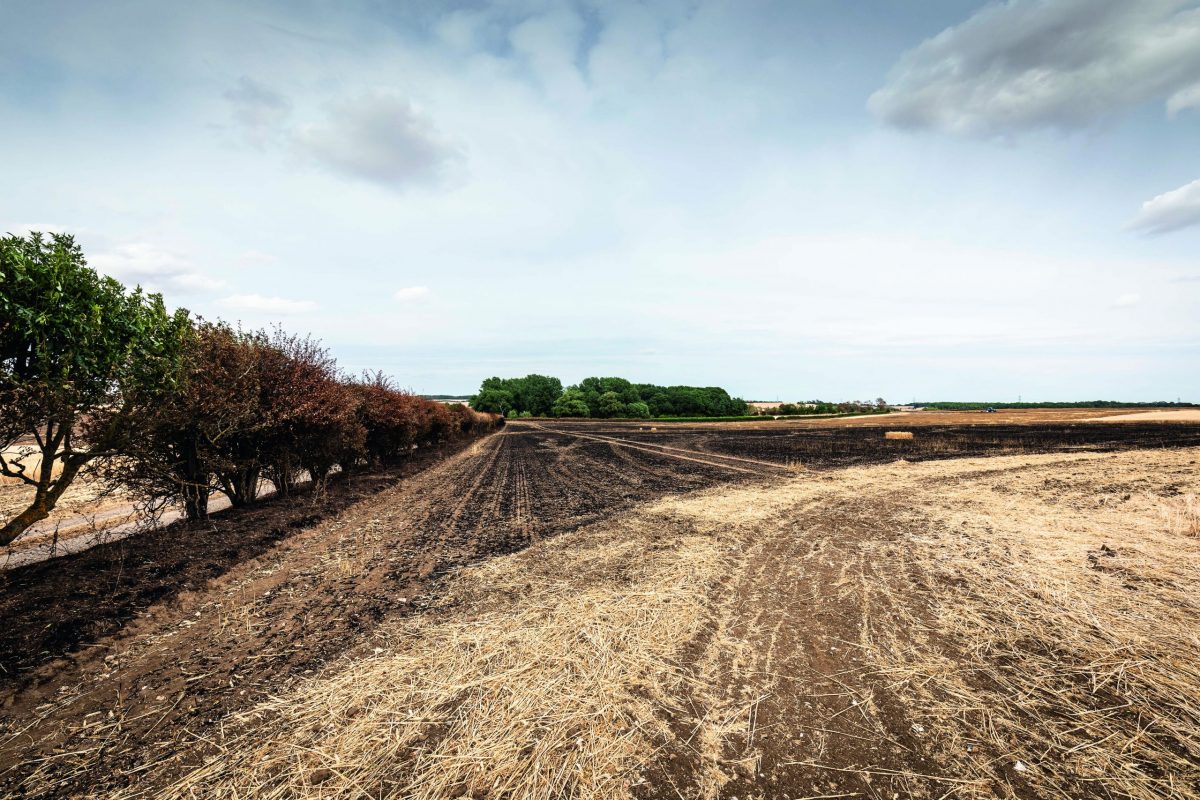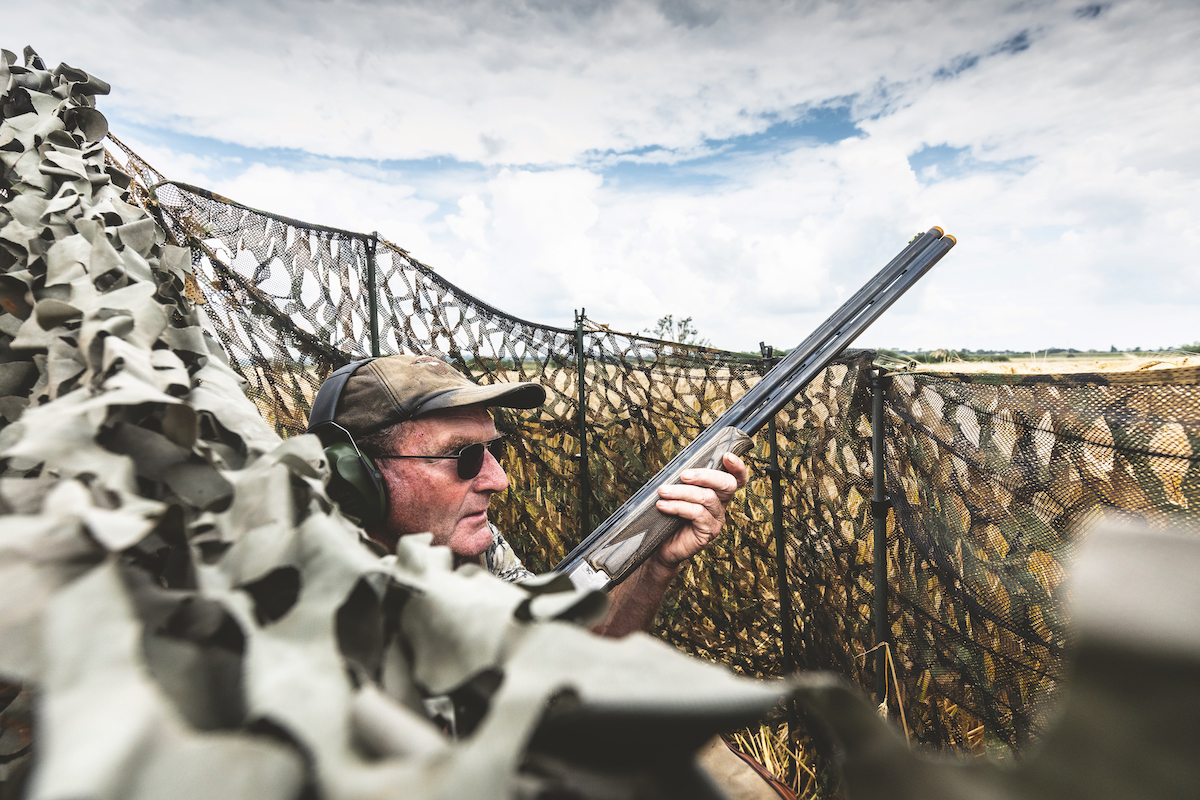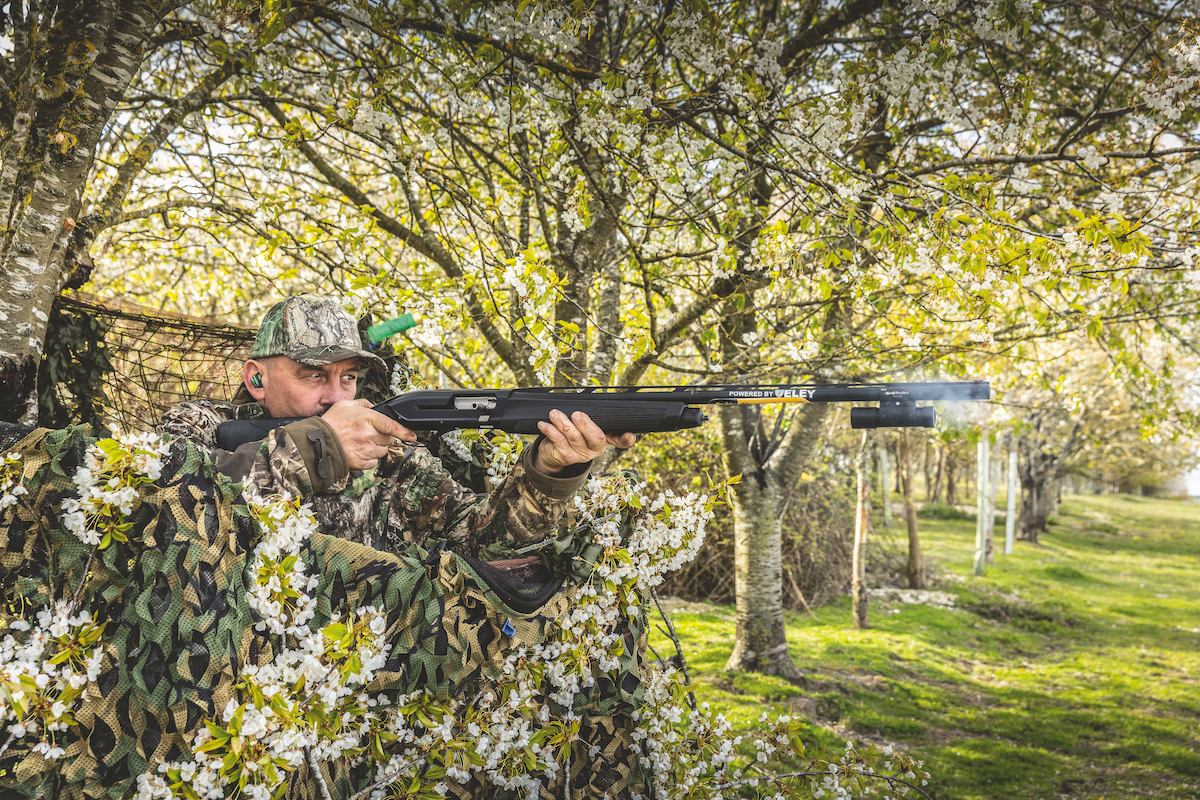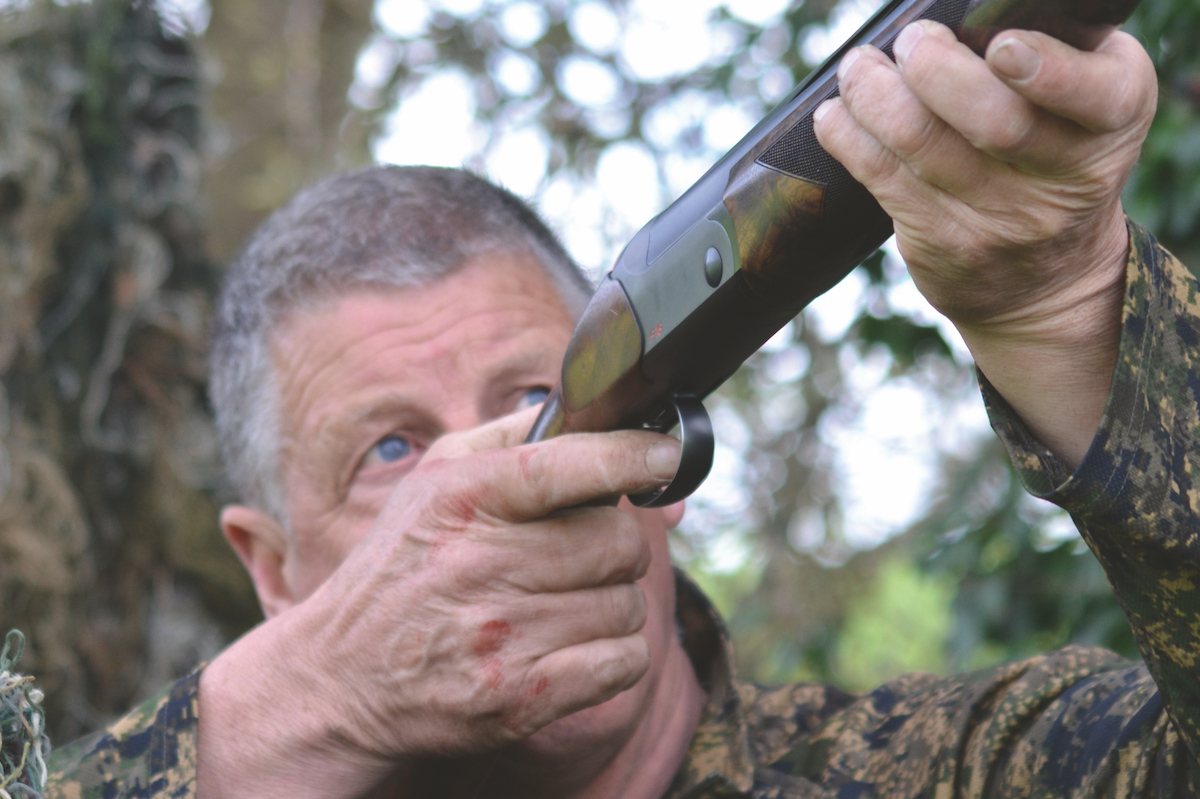Decoying precautions to take to avoid crop fires
Geoff Garrod on August's heatwave and its consequences for how he goes about things, including what decoying precautions to take.

Scorched and blackened crops after a summer fire
You will all have your memories of the heatwave that enveloped the UK in temperatures of 40°C plus. I certainly do. The land was tinder-dry and we had a large fire on the estate that burned 250 acres of stubble and 200 acres of standing wheat before it shockingly jumped the railway lines and burned part of the local railway station and a nearby building.
The combination of extreme heat and strong wind was a dangerous mix. The fire brigade estimated that at its peak the fire was advancing at around 12m a second. Once these fires take hold they’re difficult to stop and this fire was only halted by farmers ploughing fire breaks through the crops and the excellent work of the local fire brigade.
This particular fire was thought to have started from a barbeque in a back garden but it does make you think about any activity in the countryside that could start a blaze.
So with all of this in mind, I urge people to take extra precautions when they’re out decoying. The reason we’re out there shooting pigeons is to protect farmers’ crops and it would be somewhat ironic, not to say a shame if we caused damage to the very same crops through our own carelessness.
Precautions
There are some very obvious precautions to take when you’re out for a day’s sport. First and foremost is anything with a naked flame is going to be a real risk. Also, if you smoke and really have to have a cigarette, consider moving to somewhere well away from the crop and dried grass and make sure that you put the fag out and dispose of the butt sensibly.
Be careful where you park your car or truck. Exhaust pipes get very hot, so parking over long grass or bone-dry crops isn’t a good idea and, ideally, don’t drive over the stubble. There are many combine fires each year and they’re usually caused by something combustible getting stuck next to something hot. We had one on the estate here where the dust from the combining had got around the exhaust and one of the hot embers dropped into the stubble.

A hot parked vehicle on dry crops could start a fire
Electrical kit and anything that uses a battery are also fire risks. Whirlies and flappers are placed out in the crop or on the stubble, so keep a weather eye on them and ensure there’s nothing stopping them operating as they should. Each time you go out into the decoy pattern, check them and make sure the wires aren’t overheating.
I know of one decoyer whose whirly fell over and because the arms couldn’t rotate, the motor started to heat up and the cabling started to melt and smoke. This happened in the time that it took for him to get out of the hide and walk over to the whirly to pull the wires off the battery. If he hadn’t seen the whirly fall over there could very easily have been a fire with a short from the cables.
I didn’t shoot in the really hot weather; it was just too stifling for me. But pigeons still feed. They’re not stupid though, and will feed at the cooler times of the day – perhaps a little earlier and a little later. So when you’re looking for feeding pigeons and doing your reconnaissance, look at the likely locations at the times when they’re going to be busiest. Somewhere where there’s a water supply near by might well be a good place to start; imagine a crop full of dry corn or rape seed – you’d need a glass of water to wash that down and pigeons are the same. They fill their crops, find a quick drink and sit in the trees to digest.

Decoy motors can overheat if tipped up
Man and dog
Looking after yourself is also key. If you know you’re going to be sitting in a hide all day, pack plenty of liquid. I either freeze a two-litre bottle of juice the night before or ensure that I wrap up a cold bottle to keep it cool and place it in a shady place. It is important to keep hydrated; you’ll be moving and active all day – and sweating – and the last thing you want is to be overcome with dehydration with a gun in your hand.
When you’re choosing a location for your hide, take note of where the sun will be later in the day. I know the pigeons and wind direction will often dictate where you need the hide to be, but sometimes you can work out where the shade will be most of the day and plan around that. Consider taking extra netting or an umbrella to provide shade. Making a roof for your hide in certain locations can work well and will stop your head from boiling. If you’re comfortable, you’ll shoot better.

Place the hide away from direct sunlight in plenty of shade
It’s your choice whether you take a dog with you. I prefer to leave mine at home if it’s hot and perhaps bring them out at the end of the day when it cools down to pick-up, though this may not be an option if you’re shooting miles away from where you live. If you do take your dog – and please think hard about this – make sure that they’re always hydrated and kept in the shade.
Finally, consider the pigeons you’ve shot. Piling pigeons up in the heat will ruin them in no time at all. I prefer to leave them out in the field where hopefully there is a breeze. Flies will be a problem too. There will be fewer flies in the open compared to a hedgerow, but if you do collect them up as you go, try to keep the flies off the birds.
Some people use hessian sacks and put water on them to keep them cool. My birds go straight into a chiller at the end of the day and I flick off as many of the inevitable fly eggs as possible. It’s never easy when it’s hot, but you need to do your best to keep the birds in as good a condition as possible.
Most of these suggestions for pigeon shooting over dry crops are common sense but in the recent spell of extremely hot weather you need to do a little extra planning. Think ahead.

A fire in a dry crop can advance at a deadly speed if not stopped










